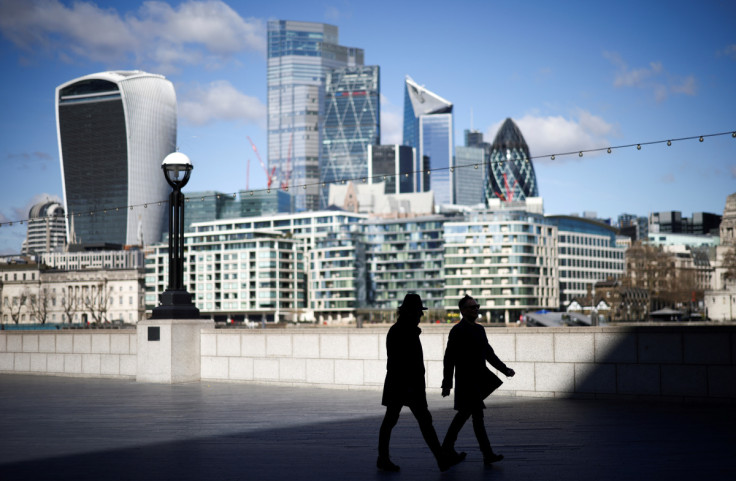London ranked as the most 'sun trap' city in the UK amidst cost of living crisis
London finishes in first place in the top 10 of the largest 'sun trap' cities in the UK, as more Brits consider a 'staycation' amidst the cost of living crisis.

In the UK, people often travel abroad to catch some sunshine, with Spain always being a favourite destination for Brits to go sunbathing. The data for international tourism in Spain in 2022 shows that over 15 million Brits visited the nation, making travellers from the UK the most popular.
However, the cost of living crisis continues to affect households across the nation with soaring energy prices and food costs. This has led consumers to plan more cost-effective holidays during such trying times.
Research revealed in November 2022 by QuMind found that Brits are planning to spend less this year by saving money on their holidays. Around 56 per cent reported that they would go on fewer holidays and 50 per cent plan to spend their holidays in the UK.
Moreover, Jonathan Merry, CEO of MoneyTransfers.com, mentioned how it is not "surprising that many people want to holiday in the UK this year," and that "our island is full of incredible places to visit, beautiful sights to see and exciting things to do, so it's always worth considering a staycation."
Many travel abroad seeking the sun, but may not need to, as a study by Betway found that London ranks number one in a top 10 list of sun trap cities in the UK.
From the research conducted, Betway offers sun-seekers a travel guide to the best 'sun trap' spots in the UK.
The weather in the UK is renowned for being unpredictable. The inconsistent weather is due to the fact that the UK is affected by various air masses, as it is an island which is globally situated between a huge mass of land that is continental Europe and the Atlantic Ocean.
Betway's report revealed that London gets more sun exposure than other places around the country, with an annual temperature of 11.1 Celsius, which is the highest in the UK.
The reason why London is warmer than other rural parts of the UK is due to the Urban Heat Island effect (UHI). As there are more hard surfaces than vegetation in London, the sun's rays are absorbed by the hard surfaces and the subsequent radiation from the hard surfaces is emitted as heat into the air. Because of the UHI, the capacity for cities to lose heat lessens.
Betway compiled a seed list of heavily populated world cities to find the biggest sun trap city. The rankings were based on elements such as:
- The average number of daylight hours in the year
- Which month of the year has the most sun
- Average annual temperature
- The number of beaches/distance to the nearest beach
- Average annual rainfall
- How windy the area is
- The most popular/visited landmark
- Landmark Instagram hashtags
- Landmark TikTok discover views
In a top ten list of UK cities, London scored 44.6 out of 70. It was closely followed by the city of Reading, which scored 39.6 out of 70 and is found to have the greatest average number of annual daylight hours with a day length of 11 hours and 15 minutes.
The city of Manchester is the UK's third largest sun trap city with a score of 29.6 out of 70. Often misconstrued as the wettest place, Manchester is, however, the UK's slightest windy city averaging a speed of 15.8 kilometres.
Completing the top 10, coming in fourth place, is Bournemouth, scoring 28.7 out of 70. Brighton is in fifth with a score of 28.5 out of 70. Liverpool came in sixth with 27.6 out of 70.
Bristol came in seventh position with 26.1 out of 70. The city of Birmingham scored 25.8 out of 70 and ranked eighth in the table. Derby came in ninth place, with a score of 25.7 out of 70. Finally, Plymouth rounds off the top ten as the tenth biggest sun trap city in the UK, scoring 23.8 out of 70.
© Copyright IBTimes 2024. All rights reserved.





